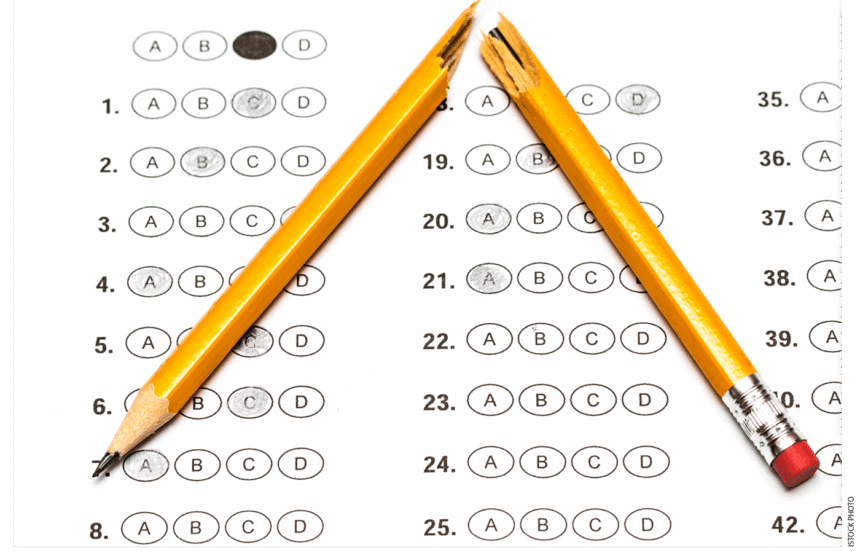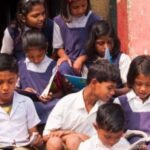Ever since Covid-19 closed U.S. schools for in-person instruction in March 2020, questions about pandemic learning loss have shaped reactions to new data on student learning. How much did achievement fall while schools were closed? (The short answer: a lot.) Do we see signs of recovery? (For the most part, no.)
Yet the latest results from the National Assessment of Educational Progress, also known as the “nation’s report card” or NAEP, illustrate how this Covid-centric lens distorts as much as it reveals.
Yes, science scores for 8th graders are down since 2019, the last time kids were tested in that subject. High school seniors have also lost ground in reading and math. But achievement in each of these subjects was already trending downward before the pandemic—and there’s no reason to expect a “return to normal,” or to pre-pandemic learning conditions, would stop or reverse these declines.
Twelfth-grade reading scores hit a recent peak in 2009 and fell significantly over the following decade. Twelfth-grade math peaked in 2013 and had also fallen by 2019. Eighth-grade science scores held steady between 2015 and 2019, but the scores of 4th graders (who were not included in the latest round of science testing) fell over that same period.
This phenomenon of pre-pandemic learning loss is also evident in 8th-grade math (see Figure 1), 8th-grade U.S. history, and in reading in both 4th and 8th grades. In math, pandemic-era disruptions clearly accelerated the downward trend. But the picture that emerges for reading and U.S. history is one of steady decline since the middle of the last decade. The pandemic hardly registers as a blip.
Pre-pandemic learning loss was steepest for the nation’s lowest-performing students, who also suffered the most from school closures and now seem to be in free fall. In 8th-grade reading, for example, scores at the 10th percentile fell by 10 points between 2013 and 2019 and by another 9 points between 2019 and 2024 (see Figure 2), with the total loss amounting to nearly two years’ worth of typical learning. Meanwhile, high-performing students held steady over this same period and, despite the pandemic, are scoring nearly as high as ever. The gap between the lowest-performing and highest-performing students is now widening across all subjects and grades, highlighting the stark reality that schools today are equipping only some students for postsecondary success.







